USB-C: Powering Macbooks Today, AV Tomorrow
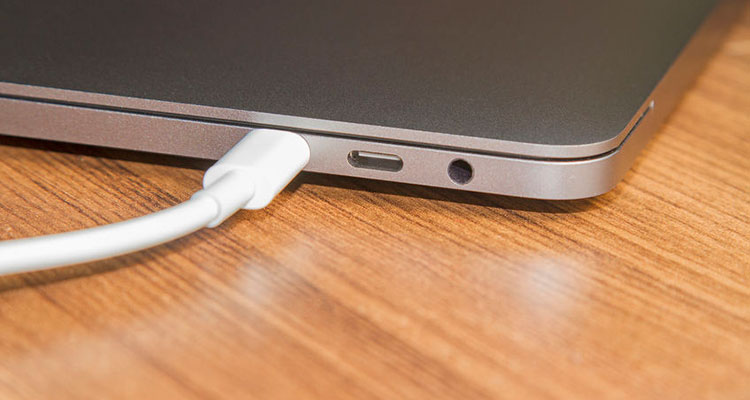 The latest Macbook uses a USB-C port for both power and USB communications, and rumors are that the iPhone 8 will also switch over to the USB-C. Wait…what!? Yup, just when you finally got everything you own converted to the one cable style it’s going to change, but this time you may be a little more accepting and here’s why: The USB-C connector, part of the USB-3.1 standard, is designed not only to connect devices, but to power stuff – a lot of stuff.
The latest Macbook uses a USB-C port for both power and USB communications, and rumors are that the iPhone 8 will also switch over to the USB-C. Wait…what!? Yup, just when you finally got everything you own converted to the one cable style it’s going to change, but this time you may be a little more accepting and here’s why: The USB-C connector, part of the USB-3.1 standard, is designed not only to connect devices, but to power stuff – a lot of stuff.
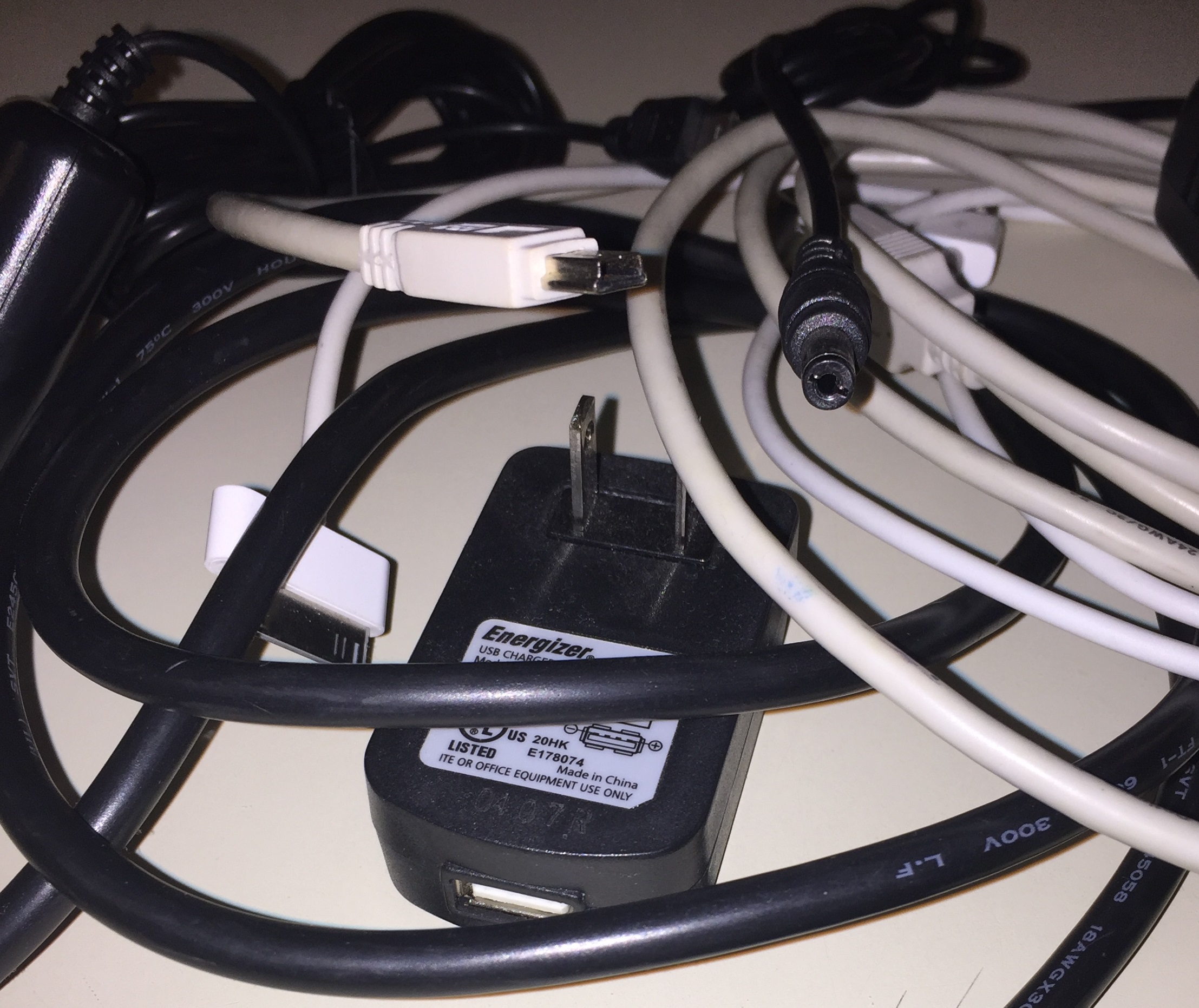 Take a step back from your desk and if it’s like mine you can see under it the rat’s nest of power, USB and video cables. Now image that the 114-year-old 120-volt electrical outlet is gone and replaced by a simple box with a couple USB-C connectors on it. You’ll plug your laptop directly into it (with no $100 adaptor to lose or forget), and of course your phone, but also your LED desk lamp and the second display for your laptop. Think of the $$ saved in 120v adapters alone, and not to mention you significantly reduced the clutter both on and below your desk.
Take a step back from your desk and if it’s like mine you can see under it the rat’s nest of power, USB and video cables. Now image that the 114-year-old 120-volt electrical outlet is gone and replaced by a simple box with a couple USB-C connectors on it. You’ll plug your laptop directly into it (with no $100 adaptor to lose or forget), and of course your phone, but also your LED desk lamp and the second display for your laptop. Think of the $$ saved in 120v adapters alone, and not to mention you significantly reduced the clutter both on and below your desk.
[Queue the record SCREEECH here]…You read correctly, the ubiquitous 120v power outlet goes away, and all of the labor and training to install it shifts over to a low voltage USB outlet that can be installed by almost anyone with a little training. Hang on a minute, AV racks plug into those outlets — will we need to request a special 120-volt power outlet in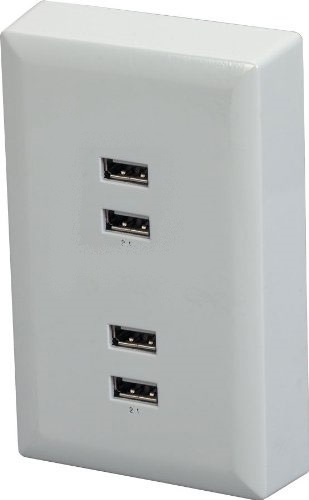 the future? No, because guess what? Many of the AV equipment makers are already on this and planning to allow their equipment to be powered by low voltage USB-C (see POE below). Again we are ditching the power adapters for a single common power supply ($$!!!), but what about the intelligent power strips we use to condition power and switch circuits on and off? Well power strips will still be out there, but they won’t actually switch power flow off — they will instead send the off/standby message to the device that tells it to turn off the second monitor, the desk lamp and yes, the USB coffee cup warmer (power strips will be glorified USB hubs). As this process continues there will be a significant reduction in the cost of electrical wiring in a building leaving mostly the central heating and cooling systems to need high voltage power.
the future? No, because guess what? Many of the AV equipment makers are already on this and planning to allow their equipment to be powered by low voltage USB-C (see POE below). Again we are ditching the power adapters for a single common power supply ($$!!!), but what about the intelligent power strips we use to condition power and switch circuits on and off? Well power strips will still be out there, but they won’t actually switch power flow off — they will instead send the off/standby message to the device that tells it to turn off the second monitor, the desk lamp and yes, the USB coffee cup warmer (power strips will be glorified USB hubs). As this process continues there will be a significant reduction in the cost of electrical wiring in a building leaving mostly the central heating and cooling systems to need high voltage power.
If everything is going to be USB connected then everything can talk to each other and the IoT world takes another big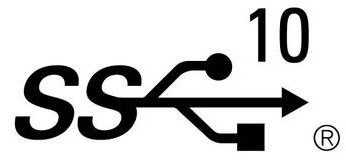 step forward in devices online. Keep thinking along this track and now everything in the building is smart, so automation of every device that needs power naturally follows, and you just need a little more software to do most anything you dreamed of in the past. Total connectivity.
step forward in devices online. Keep thinking along this track and now everything in the building is smart, so automation of every device that needs power naturally follows, and you just need a little more software to do most anything you dreamed of in the past. Total connectivity.
Hey what about PoE? Power over Ethernet is also competing for some of the same devices, so the truth is no one is sure which will ultimately win out in the end. However, there is a school of thought today that USB may be a little better suited for the job of power distribution to clustered groups of devices because it’s not attempting to travel thousands of feet. Standard practice is to pull one Cat6 cable to each device and that’s a lot of cable, whereas USB-C may need no or limited data connectivity and it can pull one line to a simple hub for distribution. In either case, the days of 120-volt AC and 277-volt AC distribution, for the first time in 100 years, approaching sunset.



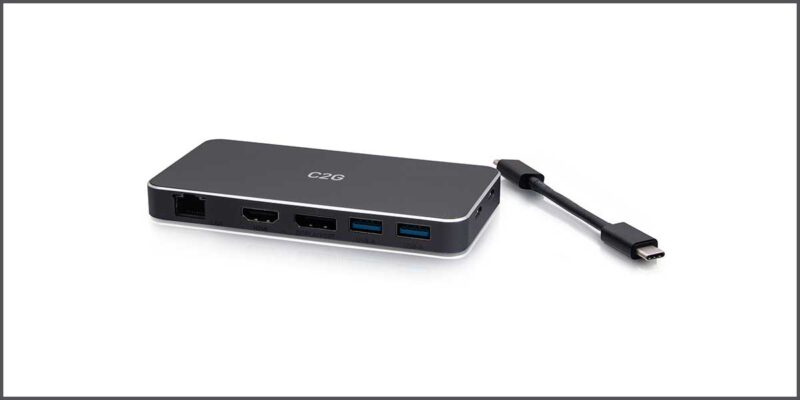
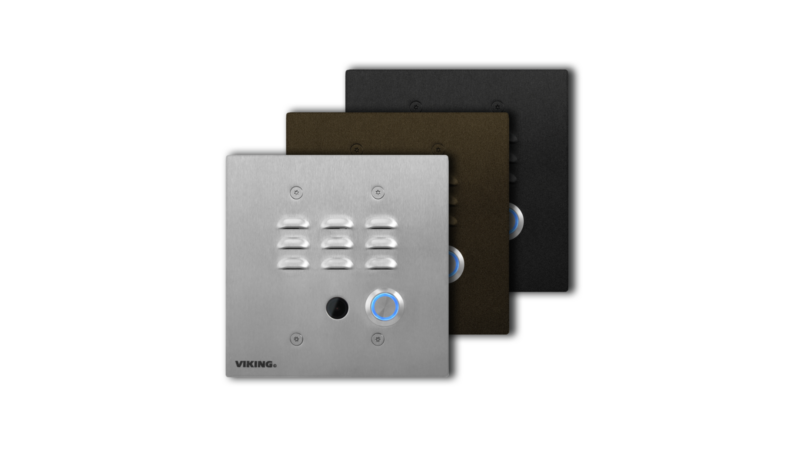
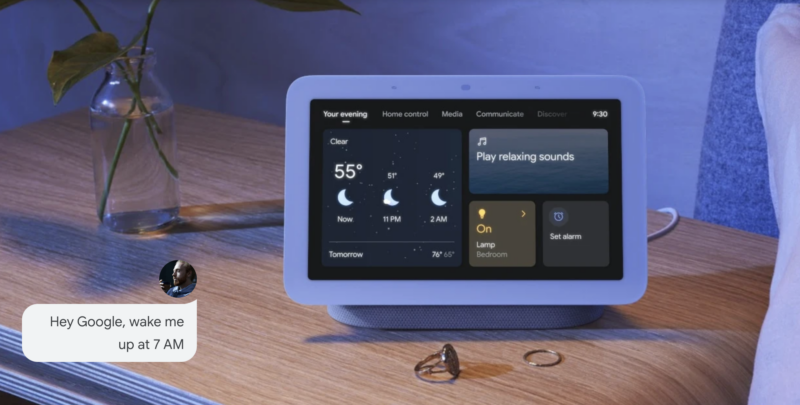
One thought on “USB-C: Powering Macbooks Today, AV Tomorrow”
Comments are closed.